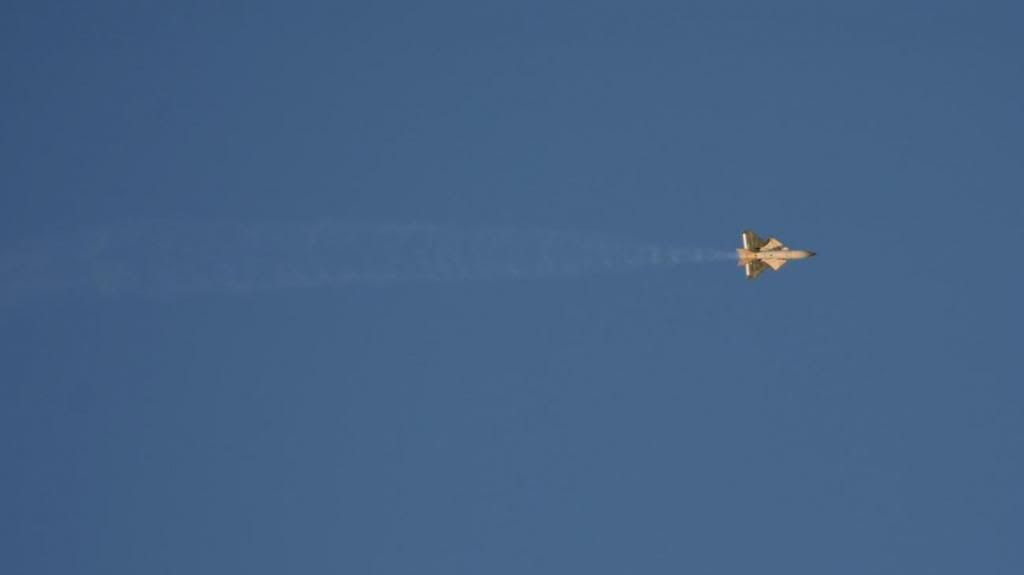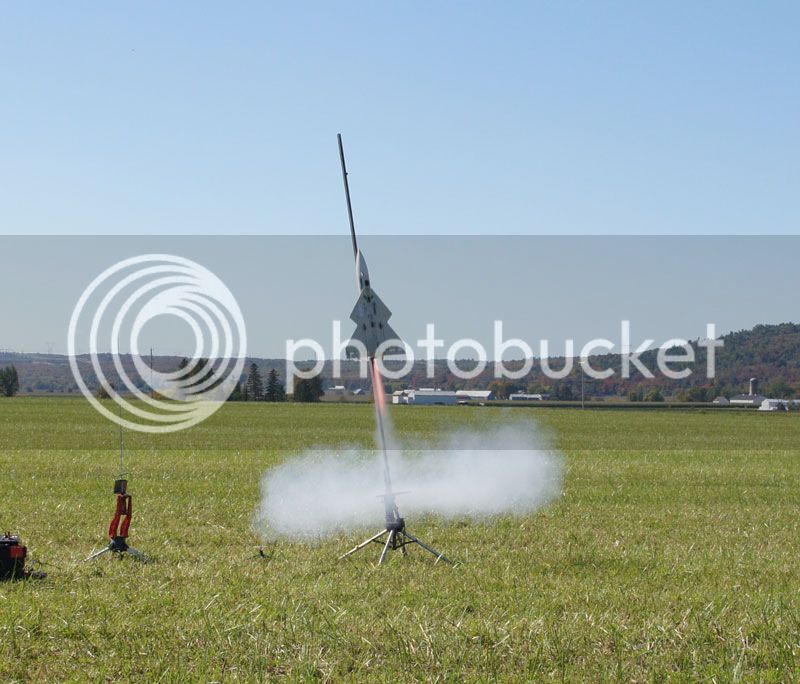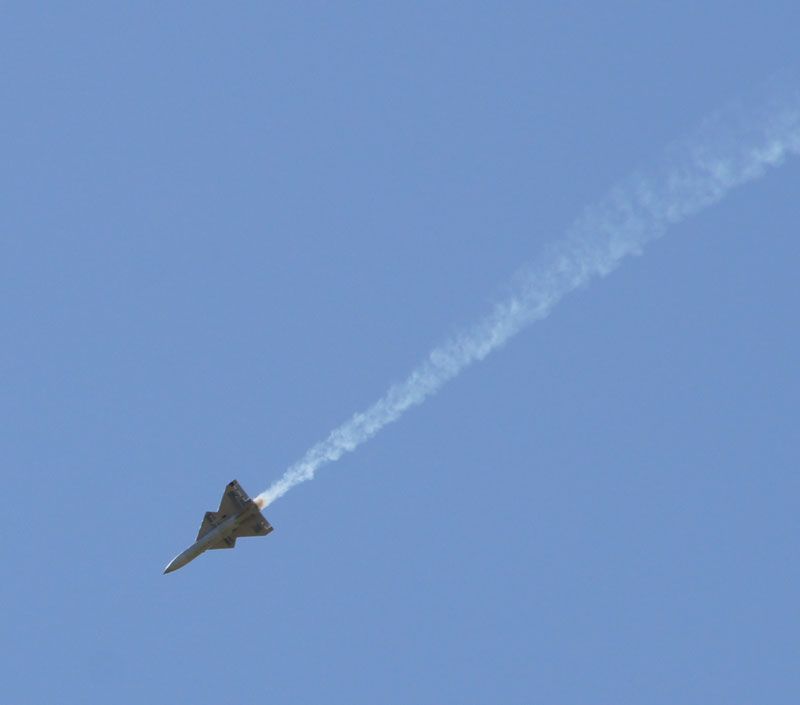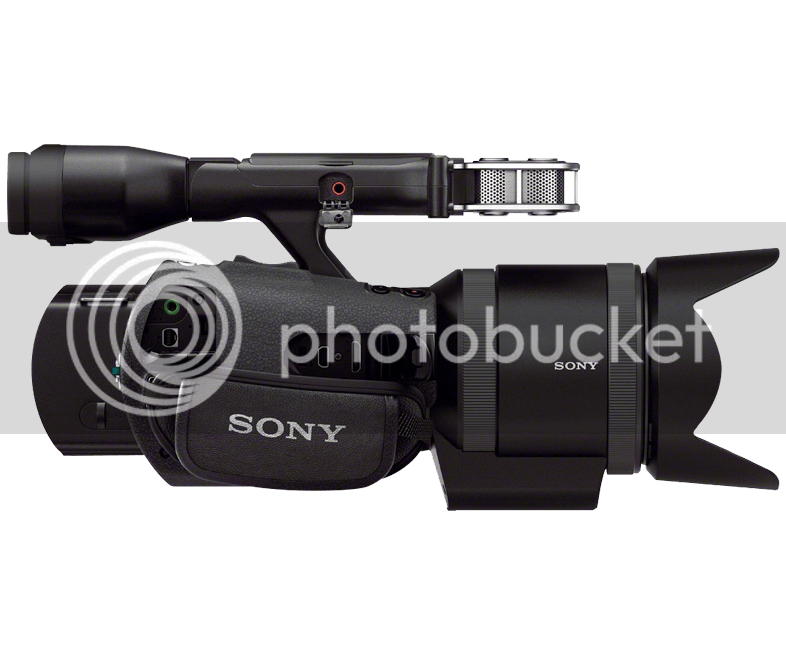budwheizzah
Well-Known Member
- Joined
- May 19, 2013
- Messages
- 61
- Reaction score
- 0
Finally, I believe it's time to fully introduce my slightly over-ambitious creation, the Condore experimental rocket aircraft.
In 2011 plans were made to build X11, the first in the fleet. In Spring 2012 the first model was built and ready to fly. Off to a bumpy start, the tests picked up as the summer went on and the rocket ended up being tested with controls by fall. This year, testing was done at a brutal pace. The year started badly with a stalled parachute on the very first flight, requiring a partial airframe rebuild. But this quickly passed as the model designated X11E went on to fly nine times in a row without a snag, aside for issues with video range that were solved during some of those flights.
Here's a look at the latest test session, which ended with a "full configuration" flight, flying pretty much as a rocket UAV, where I used a joystick and rudder pedals and the FPV video downlink as main visual reference to pilot the aircraft up and for a short glide. The parachute delay was set at 3s post-apogee on altimeter, using a StrattoLogger for every flight. I plan to upgrade to manual parachute ejection using a TripleFire device, which will provide me the option of not being a total chicken. Yes, 3s is a chicken's delay, but I've been playing it VERY safe. Of course given one in rocketry would not be allowed to guide a rocket all the way to the ground, as with any rocket aircraft, a parachute is always used for landing and likely always will unless my altimeter browns out and whatever backup I'm using also fails.
[video=youtube;G_xtmnZXWhU]https://www.youtube.com/watch?v=G_xtmnZXWhU[/video]
(If you have no means of watching 3D, turn it off; click the gear, then click Off next to 3D. Only some of the photos and the ground video are 3D. The onboard and other photos are 2D. I do eventually plan 3D onboard. I had fun with that last year)
Here's a few notes from a development document I wrote during the course of flight testing describing the scope of this project back in 2012... surprising how it's finally pretty much on-the-money
Motives for development
The Condore line of rocket aircraft was initially a project to help rocketry enthusiasts eliminate the high risks of losing their precious creation due to unreliable, unguided parachute recovery, all while keeping the aircraft as close to a rocket and as far from an airplane-type glider as possible.
The idea behind this line of aircraft was not to develop another rocket-glider system, even less a separating lifter-glider system, but primarily a single-piece rocket with a secondary ability: gliding horizontally with airplane like controls. It is understood that such a concept, given the gliding is made the secondary priority, would result in a rocket-plane type low-aspect-ratio delta-winged aircraft that would have little to no airfoil on its lift surfaces and would favor flying straight up over flying horizontally. Such a profile would require higher speeds to produce lift, and would not come with the flight ease of say, a foam glider.
Given the lower and lower prices on flight capable electronics such as RC control servos and transmitters, flight video systems and computer-to-remote-control interfaces, the aircraft resulting from this project would be equipped with UAV type flight electronics, allowing the owner to perform a return flight using a first-person view wireless video system while using simulator grade joystick and rudder controls. On screen display electronics would be added to help the eventual pilot get information about their flight such as speed and altitude, while at the controls.
Scope of the project
The project would need to work the priorities from the ground up: Develop an aircraft profile that can perform rocket-powered flight while keeping a nose-straight-up attitude, coming off of a standard launch rail. At apogee this aircraft would need to, by its own weight repartition, arch over with the correct attitude: not upside down, and not sideways. The aircraft would need to be capable of performing this without any control input, all by its own profile and stability.
These combined requirements resulted in a double-delta overhead fixed wing with one vertical stabilizer and two belly strakes spread 120 degrees apart (now 70 degrees in an effort to improve vertical balance). With this profile, if the aircraft were to arch over to a horizontal position, as a rocket does at the end of most flights, the weight repartition would favor the body going below its wing resulting in a rocket that favors arching over belly-down, wing up, following through with a pronounced nose-down approach, which an eventual pilot could compensate for.
Videos showing X11 from infancy to today
Flying as a rocket-only type aircraft, no controls (July 2012): https://www.facebook.com/photo.php?v=10151952223135230 (This was to prove the aircraft does behave like a rocket)
Flying controlled (October 2012): https://www.facebook.com/photo.php?v=10152173800710230 (No FPV gear was installed yet)
The heartbreak of spring 2013 where the chute stalled: https://www.youtube.com/watch?v=mJi54Y4jtM0 (Go figure first flight with the FPV gear onboard)
The first tests of X11E where while the aircraft was flying well, the video gave range issues due to transmitter overheating: https://www.facebook.com/photo.php?v=10153017715315230
And finally there's the awesomeness on top of this post and the pics below which pretty much shows what has brought the project up to par with my expectations! Finally I'll be able to move to more flight practice and with manual ejection, get to try more creative glides back home.










I do plan on eventually document this aircraft in full to help others build one. The major part of the work will be making assembly videos in which I'll state a lot of the bumps and what would otherwise be unexpected from this rocket design. Over time (and 27 flights combined between the two aircraft currently in service in the project) I have been able to tell exactly how to operate this rocket safely. Design's been tricky but I've gotten to know it very well by now. It'll only get better with more time. Production of this documentation begins soon.
Project's Facebook page
https://www.facebook.com/pages/Project-Condore/197453440319360
In 2011 plans were made to build X11, the first in the fleet. In Spring 2012 the first model was built and ready to fly. Off to a bumpy start, the tests picked up as the summer went on and the rocket ended up being tested with controls by fall. This year, testing was done at a brutal pace. The year started badly with a stalled parachute on the very first flight, requiring a partial airframe rebuild. But this quickly passed as the model designated X11E went on to fly nine times in a row without a snag, aside for issues with video range that were solved during some of those flights.
Here's a look at the latest test session, which ended with a "full configuration" flight, flying pretty much as a rocket UAV, where I used a joystick and rudder pedals and the FPV video downlink as main visual reference to pilot the aircraft up and for a short glide. The parachute delay was set at 3s post-apogee on altimeter, using a StrattoLogger for every flight. I plan to upgrade to manual parachute ejection using a TripleFire device, which will provide me the option of not being a total chicken. Yes, 3s is a chicken's delay, but I've been playing it VERY safe. Of course given one in rocketry would not be allowed to guide a rocket all the way to the ground, as with any rocket aircraft, a parachute is always used for landing and likely always will unless my altimeter browns out and whatever backup I'm using also fails.
[video=youtube;G_xtmnZXWhU]https://www.youtube.com/watch?v=G_xtmnZXWhU[/video]
(If you have no means of watching 3D, turn it off; click the gear, then click Off next to 3D. Only some of the photos and the ground video are 3D. The onboard and other photos are 2D. I do eventually plan 3D onboard. I had fun with that last year)
Here's a few notes from a development document I wrote during the course of flight testing describing the scope of this project back in 2012... surprising how it's finally pretty much on-the-money
Motives for development
The Condore line of rocket aircraft was initially a project to help rocketry enthusiasts eliminate the high risks of losing their precious creation due to unreliable, unguided parachute recovery, all while keeping the aircraft as close to a rocket and as far from an airplane-type glider as possible.
The idea behind this line of aircraft was not to develop another rocket-glider system, even less a separating lifter-glider system, but primarily a single-piece rocket with a secondary ability: gliding horizontally with airplane like controls. It is understood that such a concept, given the gliding is made the secondary priority, would result in a rocket-plane type low-aspect-ratio delta-winged aircraft that would have little to no airfoil on its lift surfaces and would favor flying straight up over flying horizontally. Such a profile would require higher speeds to produce lift, and would not come with the flight ease of say, a foam glider.
Given the lower and lower prices on flight capable electronics such as RC control servos and transmitters, flight video systems and computer-to-remote-control interfaces, the aircraft resulting from this project would be equipped with UAV type flight electronics, allowing the owner to perform a return flight using a first-person view wireless video system while using simulator grade joystick and rudder controls. On screen display electronics would be added to help the eventual pilot get information about their flight such as speed and altitude, while at the controls.
Scope of the project
The project would need to work the priorities from the ground up: Develop an aircraft profile that can perform rocket-powered flight while keeping a nose-straight-up attitude, coming off of a standard launch rail. At apogee this aircraft would need to, by its own weight repartition, arch over with the correct attitude: not upside down, and not sideways. The aircraft would need to be capable of performing this without any control input, all by its own profile and stability.
These combined requirements resulted in a double-delta overhead fixed wing with one vertical stabilizer and two belly strakes spread 120 degrees apart (now 70 degrees in an effort to improve vertical balance). With this profile, if the aircraft were to arch over to a horizontal position, as a rocket does at the end of most flights, the weight repartition would favor the body going below its wing resulting in a rocket that favors arching over belly-down, wing up, following through with a pronounced nose-down approach, which an eventual pilot could compensate for.
Videos showing X11 from infancy to today
Flying as a rocket-only type aircraft, no controls (July 2012): https://www.facebook.com/photo.php?v=10151952223135230 (This was to prove the aircraft does behave like a rocket)
Flying controlled (October 2012): https://www.facebook.com/photo.php?v=10152173800710230 (No FPV gear was installed yet)
The heartbreak of spring 2013 where the chute stalled: https://www.youtube.com/watch?v=mJi54Y4jtM0 (Go figure first flight with the FPV gear onboard)
The first tests of X11E where while the aircraft was flying well, the video gave range issues due to transmitter overheating: https://www.facebook.com/photo.php?v=10153017715315230
And finally there's the awesomeness on top of this post and the pics below which pretty much shows what has brought the project up to par with my expectations! Finally I'll be able to move to more flight practice and with manual ejection, get to try more creative glides back home.










I do plan on eventually document this aircraft in full to help others build one. The major part of the work will be making assembly videos in which I'll state a lot of the bumps and what would otherwise be unexpected from this rocket design. Over time (and 27 flights combined between the two aircraft currently in service in the project) I have been able to tell exactly how to operate this rocket safely. Design's been tricky but I've gotten to know it very well by now. It'll only get better with more time. Production of this documentation begins soon.
Project's Facebook page
https://www.facebook.com/pages/Project-Condore/197453440319360
Last edited:








